User name – ID, allocation and marking (tag)
The social media user name not only plays a role in social networks, but also in politics. Should one only be allowed to use clear names, or should one still use a pseudonym as a user name? Particularly in times of shitstorms and opinion influencing in social networks, which many media report on, from election influencing in politics to personalized advertisements. The more accurately and unambiguously a person is identifiable, the more difficult it becomes to spread the whole thing as false reports. This is why the discussion about social media user names has arisen.
Social-Media username – this is how the assignment works
In principle, however, every user in social networks can choose his or her own user name. Depending on the network, there is a unique ID, sometimes also a public name. The ID is always unique and fundamental for every social media account.
The ID is always unique and therefore the URL of the individual channel can be retrieved at the same time, e.g. on most social networks, by the character @. Who sets this sign and without apprenticeship directly behind it a name, which links a certain channel. The markings, so-called tags, are very important in the social media world, because they are the only way to increase your own reach. For example, if you take a photo of four people, 3 of whom have an Instagram account, you should link them. This makes the individual communities aware of the respective social media channels. Particularly in the area of influencer marketing, companies and brands are very careful to ensure that their own social media accounts are marked or linked. The link then works as described above and looks like this:
- @kanal.name99
The channel is thus linked and can be accessed in the same way via notebook and computer. Here the url of the website of the respective platform is used instead of the character. This is how the link to Instagram looks like, for example:
- Https://www.instagram.com/kanal.name99
On YouTube, it’s almost the same. Here you get an individual channel name only after you have reached a certain number of subscriptions. As a rule, the number of subscribers is about 100. Once you have done this, you can apply for your own channel name. Before that, you have a random ID:
- Random YouTube ID:< https://www.youtube.com/channel/6HFJ2GPME8LX84FJV ID: 6HFJ2GPME8LX84FJV
- Self-chosen ID:< https://www.youtube.com/user/kanal.name99 ID: channel.name99
Then you can select your own public name in the respective settings, on the social app, on the notebook, tablet, or on the computer. This is then displayed in the heading of your own profile. So you don’t necessarily have to use a name or ID that was still free, but can write your own name, or even a pseudonym.
The IDs can only be assigned once. Therefore, there are additional options to enter a public name, which will then be displayed in the profile.
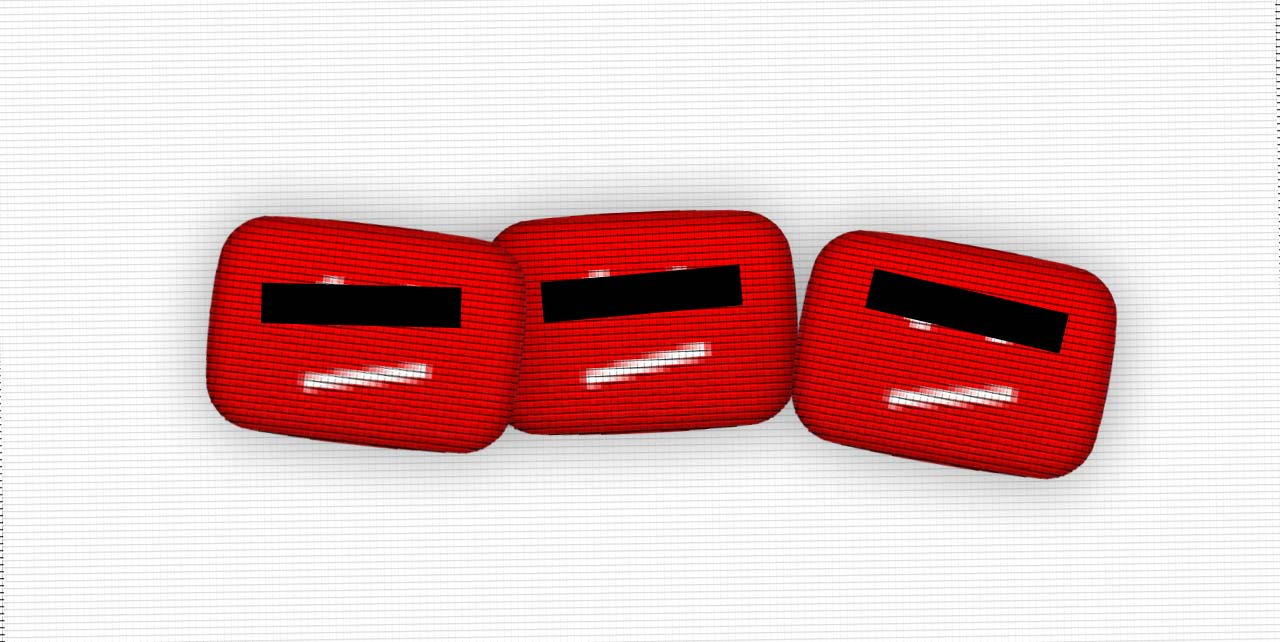
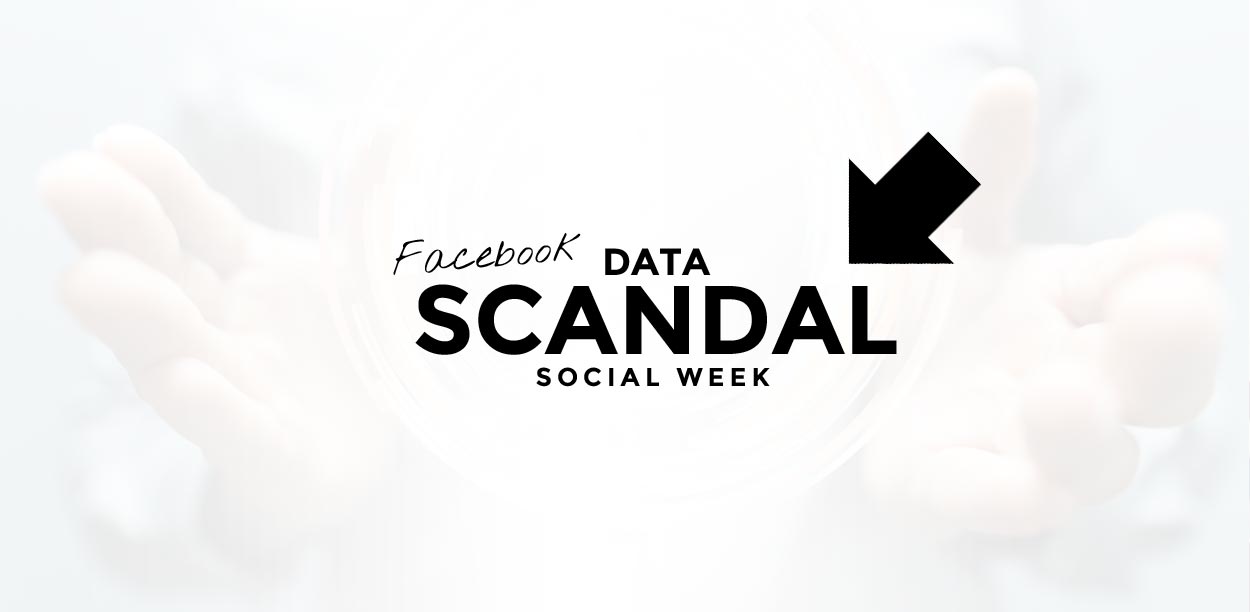


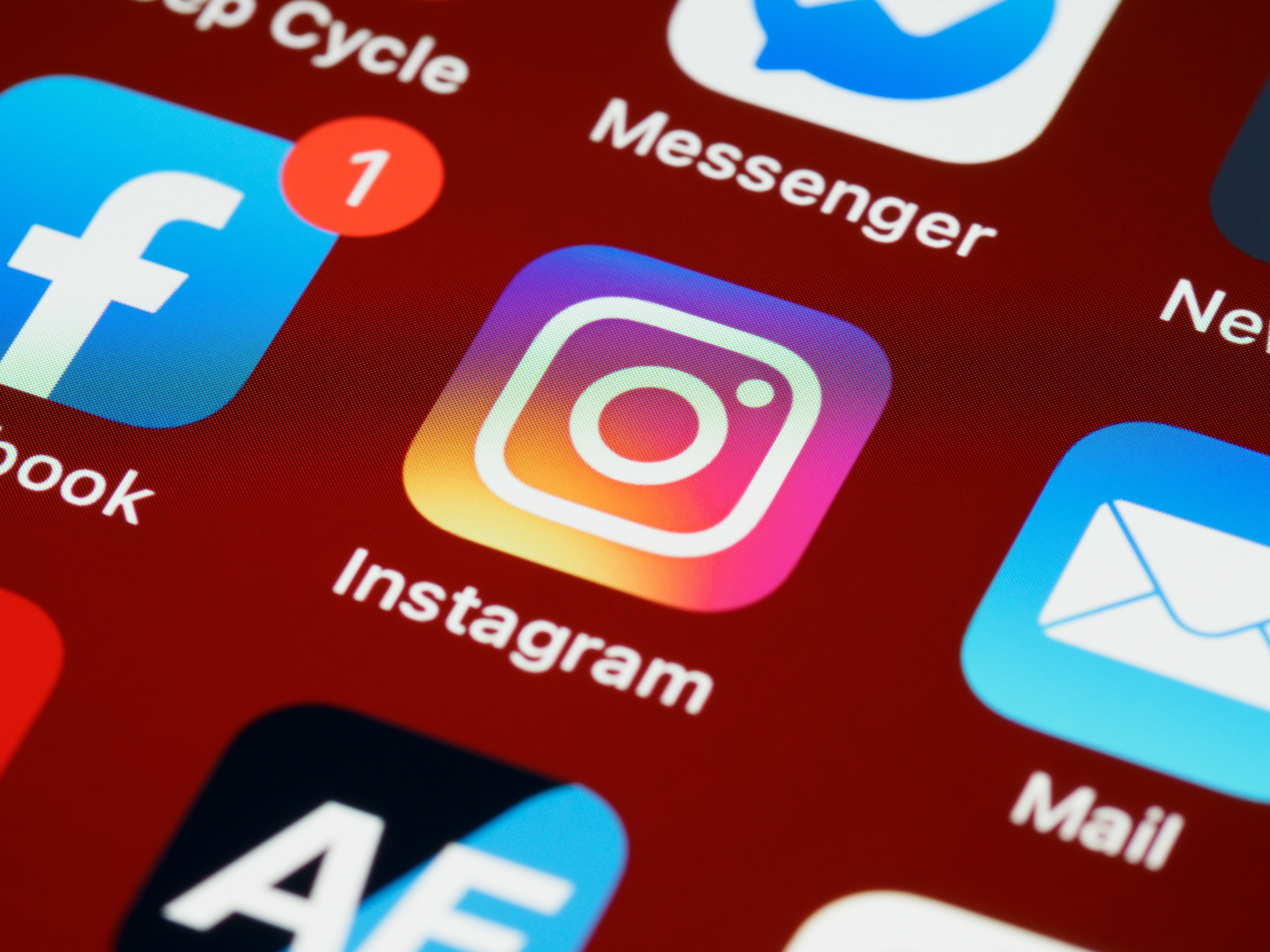

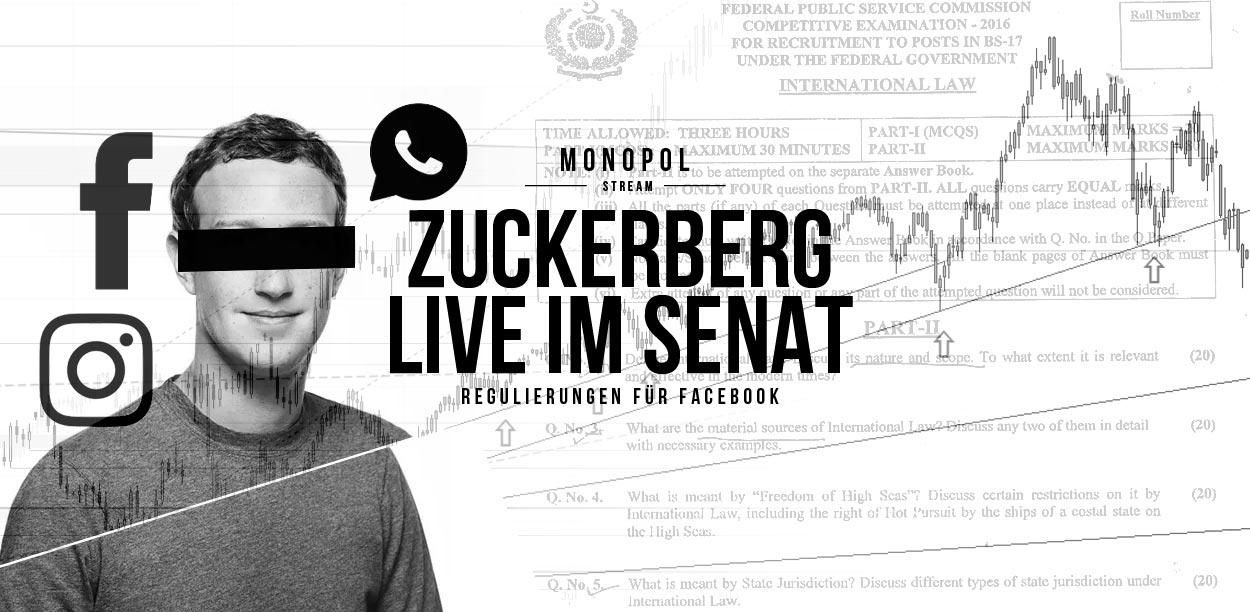
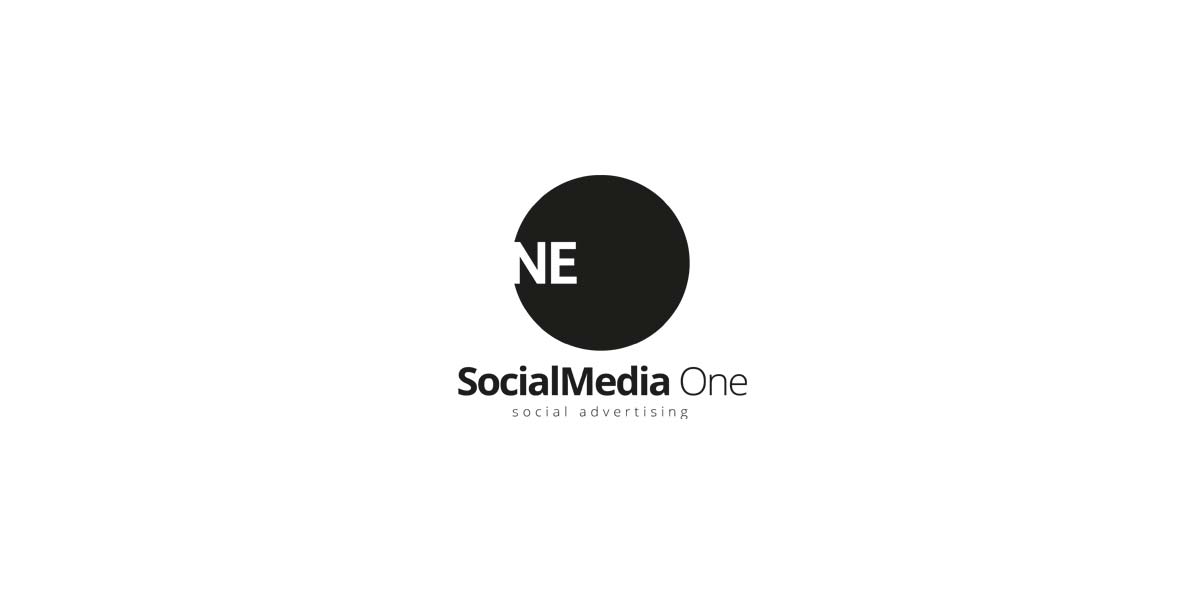
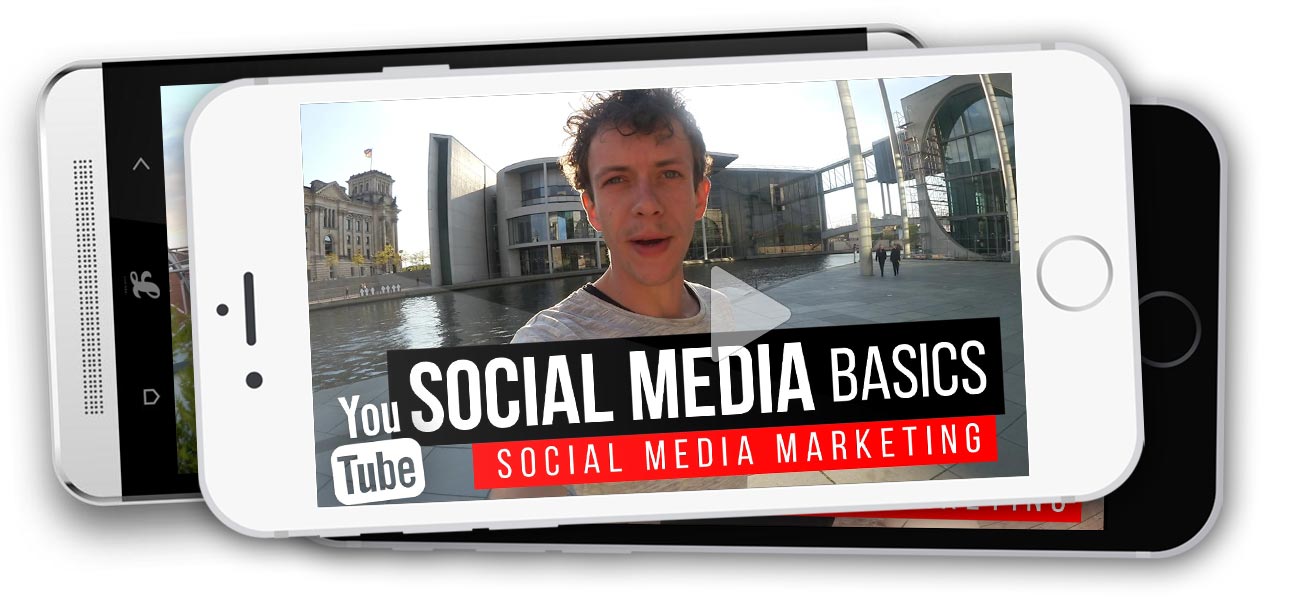
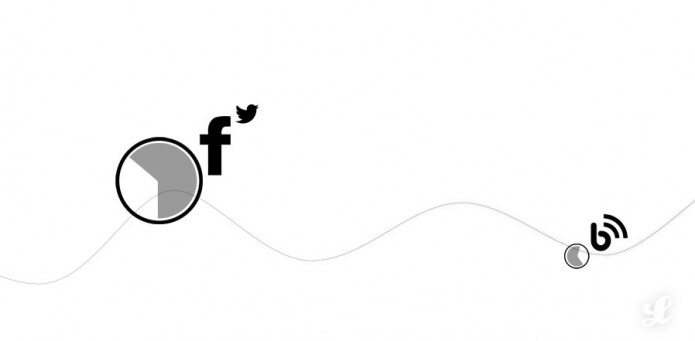

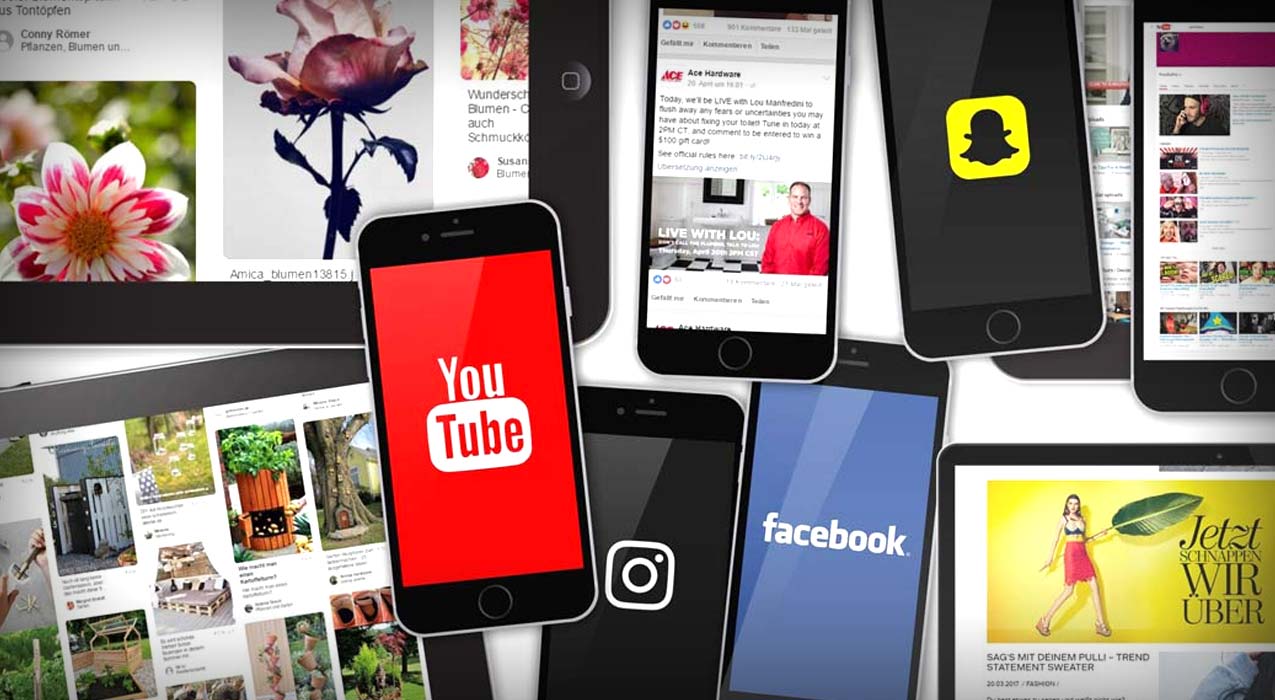
 4.9 / 5.0
4.9 / 5.0